Product Consultation
Your email address will not be published. Required fields are marked *
In an era where comfort is king, leisure chairs have evolved from functional seating to cultural symbols of relaxation and status. From ergonomic office recliners to Instagram-worthy patio loungers, they promise respite in a chaotic world. But as consumerism accelerates and landfills swell with discarded furniture, a pressing question arises: Do leisure chairs genuinely enhance well-being, or have they become complicit in a cycle of overconsumption and environmental neglect?
Modern leisure chairs are feats of design innovation, blending materials science and biomechanics to cradle the human form. Features like memory foam lumbar support, adjustable reclining mechanisms, and climate-controlled surfaces cater to an obsession with personalized comfort. The global market, valued at $18.7 billion in 2023, thrives on this demand. Yet, studies reveal a paradox:
Physical Health: Prolonged sitting in overly cushioned chairs correlates with musculoskeletal disorders, despite "ergonomic" claims.
Mental Impact: The rise of "comfort-centric" lifestyles may reduce motivation for physical activity, exacerbating sedentary health crises.
Is the pursuit of comfort inadvertently engineering a less resilient society?
The leisure chair industry’s environmental footprint is staggering:
Plastic Dependency: Polyurethane foam (a petroleum byproduct) dominates padding, emitting volatile organic compounds (VOCs) during production and disposal.
Deforestation Links: Tropical hardwoods like teak, popular in outdoor loungers, drive illegal logging in biodiversity hotspots like the Amazon and Borneo.
Textile Waste: Upholstery fabrics, often blended with synthetic fibers, are rarely recyclable, contributing to 22 million tons of annual furniture waste in the U.S. alone.
While brands tout "eco-friendly" lines—using recycled plastics or FSC-certified wood—these account for less than 12% of total production. Are these efforts meaningful progress or greenwashed distractions?
Fast furniture giants like IKEA and Wayfair have democratized design but normalized a throwaway mentality. The average leisure chair now lasts 5–7 years, down from 20+ years in the mid-20th century. Reasons include:
Planned Obsolescence: Non-replaceable components (e.g., bonded foam) ensure premature failure.
Trend-Driven Consumption: Social media fuels constant redecorating, with 68% of millennials replacing furniture to "refresh" their spaces aesthetically.
Repair Deserts: Lack of affordable upholstery services pushes consumers toward replacements.
The result? Furniture is now the 5th-largest contributor to U.S. landfills. Can circular business models—like chair leasing or modular designs—reverse this trajectory, or will convenience continue to trump sustainability?
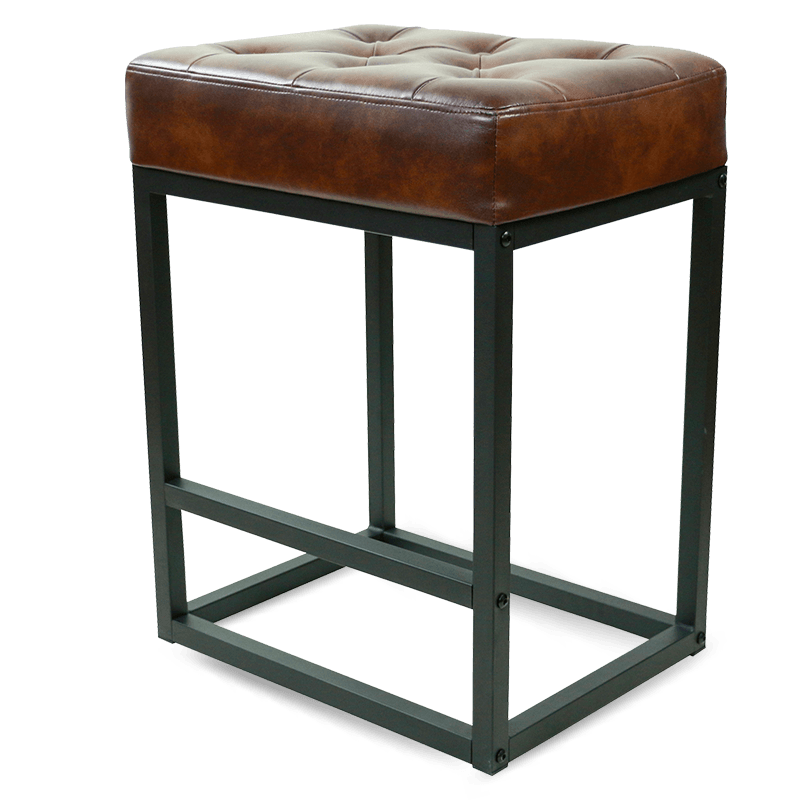
Smart leisure chairs epitomize the fusion of tech and comfort:
Biometric Sensors: Track posture and stress levels, syncing with apps to recommend stretches or meditation.
AI-Powered Adjustability: Chairs that learn user preferences, auto-reclining during Netflix binges.
Voice Integration: "Hey Google, reheat my seat and dim the lights."
While these features dazzle, critics argue they deepen tech dependency and isolation. A 2022 MIT study found smart furniture users spent 23% less time engaging in face-to-face interactions. Is hyper-personalized comfort eroding communal bonds?
Leisure chairs have transcended utility to become cultural artifacts:
Designer Obsession: Hans Wegner’s Wishbone Chair ($3,500+) and Philippe Starck’s Louis Ghost Chair signal luxury and taste.
Social Media Fuel: TikTok’s #ChairTok trend has amassed 4.2 billion views, glorifying aesthetics over durability.
Yet, this aspirational marketing masks inequity. For every artisanal chair purchased, 12 low-income households rely on particleboard alternatives linked to formaldehyde emissions. Does the industry prioritize elitist design over equitable, healthy access?
Pioneers are challenging the status quo with:
Mycelium Foam: Mushroom-based padding that decomposes in 45 days.
Blockchain Transparency: Tracking timber from forest to factory to combat greenwashing.
Repairability Mandates: France’s Anti-Waste Law fines companies for non-repairable furniture, inspiring EU-wide proposals.
Even legacy brands are adapting: Herman Miller’s Remade program refurbishes vintage chairs, while Emeco’s 111 Navy line repurposes recycled ocean plastics. But with sustainable chairs costing 30–50% more, can ethical design scale beyond niche markets?
Leisure chairs sit at the intersection of human desire and ecological responsibility. Their ability to soothe tired bodies is undeniable, yet their role in perpetuating waste and inequality cannot be ignored. The critical question isn’t whether we’ll abandon comfort, but how we’ll redefine it:
Policy Levers: Governments must incentivize circular production and penalize planned obsolescence.
Consumer Awakening: Shift from "aspirational buying" to valuing durability and repair.
Industry Accountability: Transparent lifecycle assessments and material innovation.
How Does the Modern Leisure Chair Unite Ergonomics, Aesthetics, and Lifestyle Adaptability in Contemporary Interiors?
May 13,2025How does the executive office chair’s upholstery material balance breathability, ease of cleaning, and aesthetic appeal?
May 26,2025Your email address will not be published. Required fields are marked *
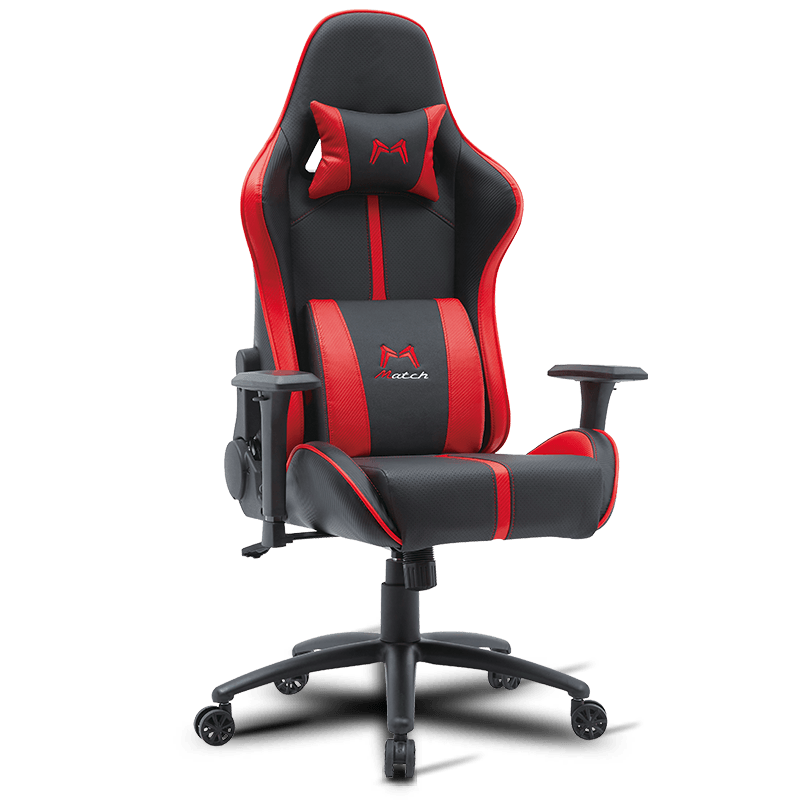
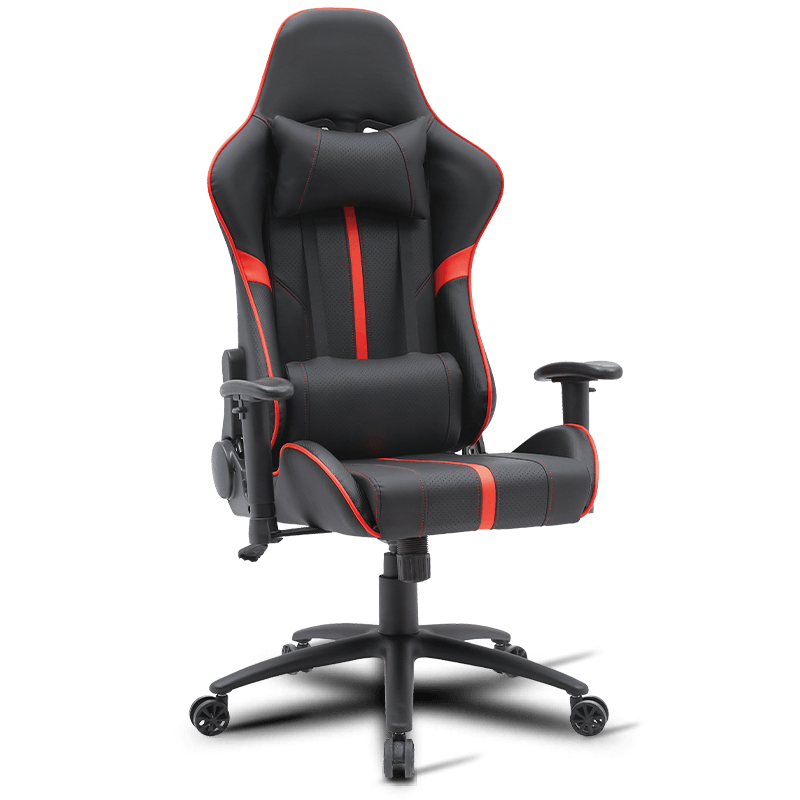
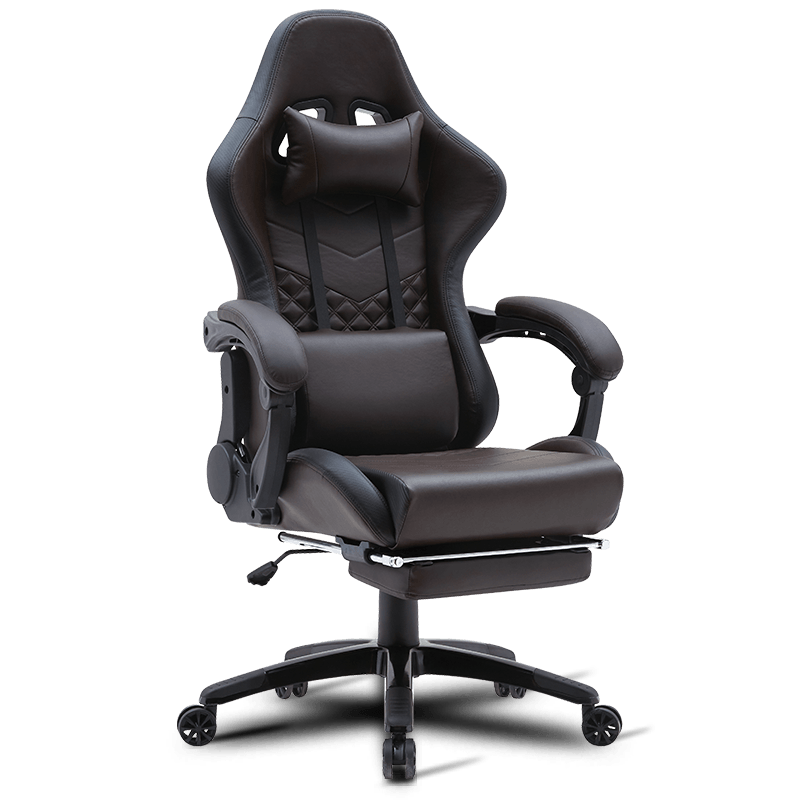
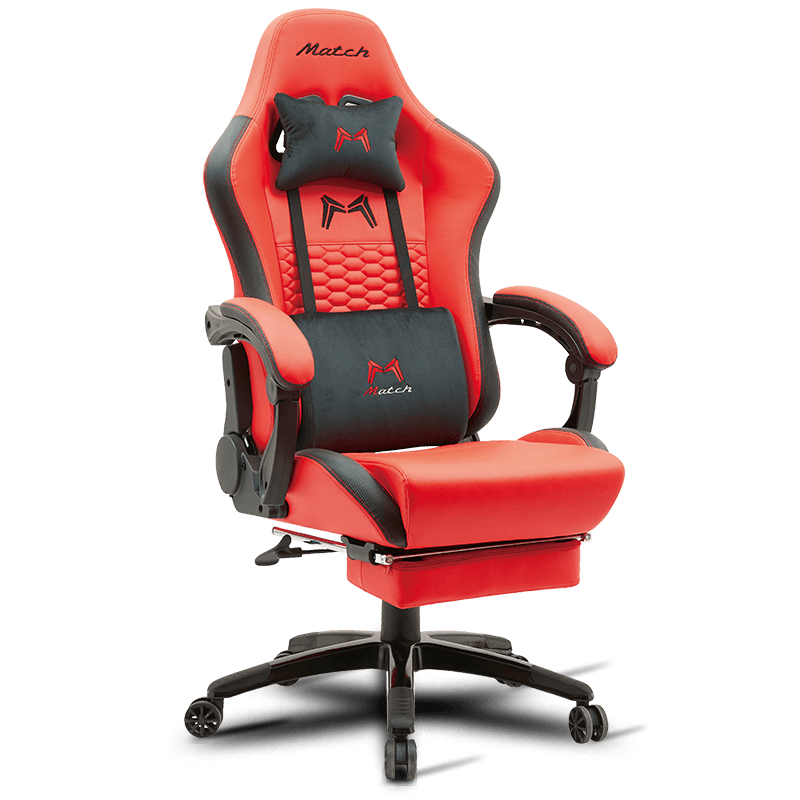
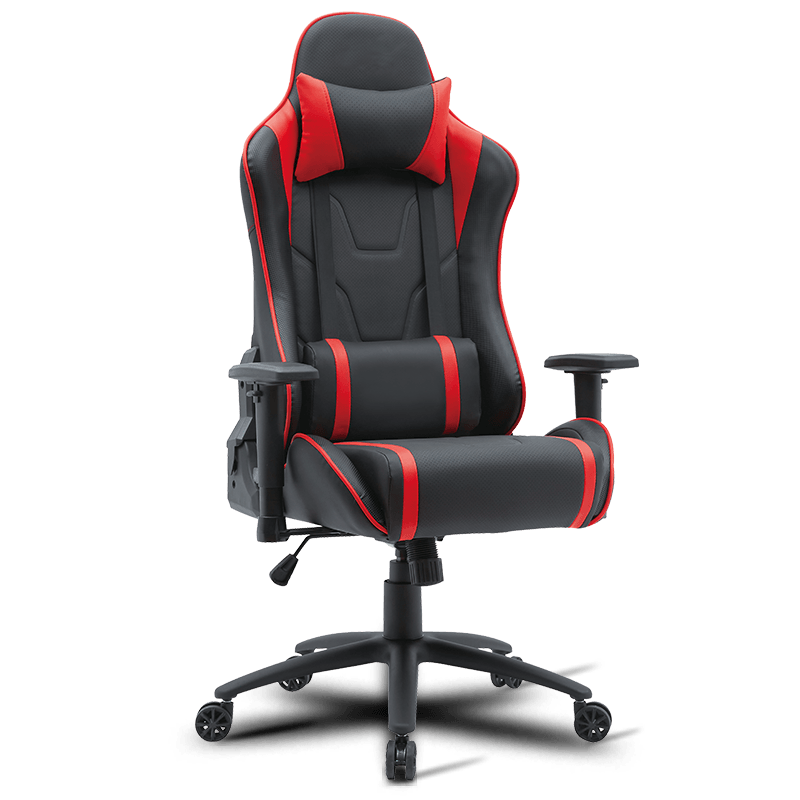
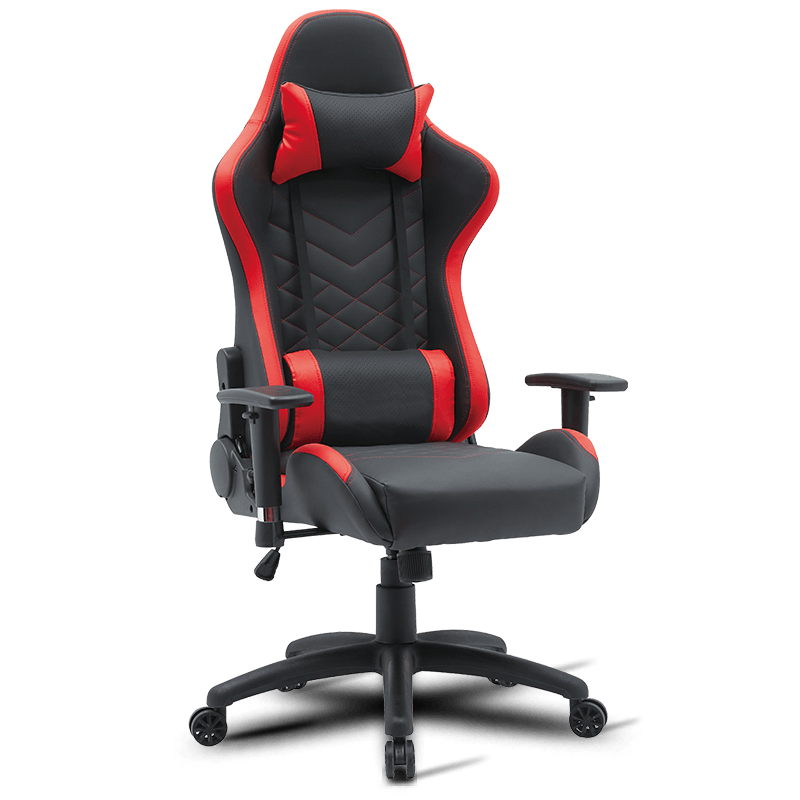
Tangpu, Huzhou, Zhejiang, China
0086-15088380506
Copyright © Anji Mingchuang Furniture Co., Ltd. All Rights Reserved.
